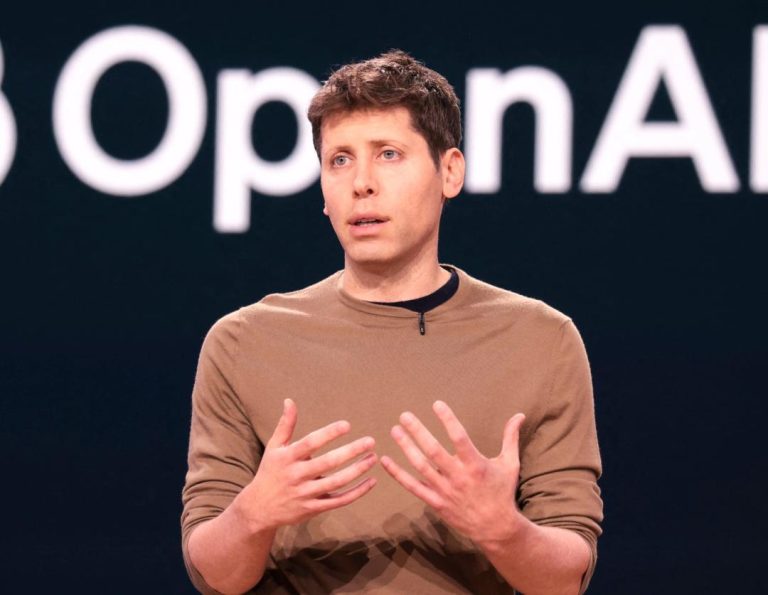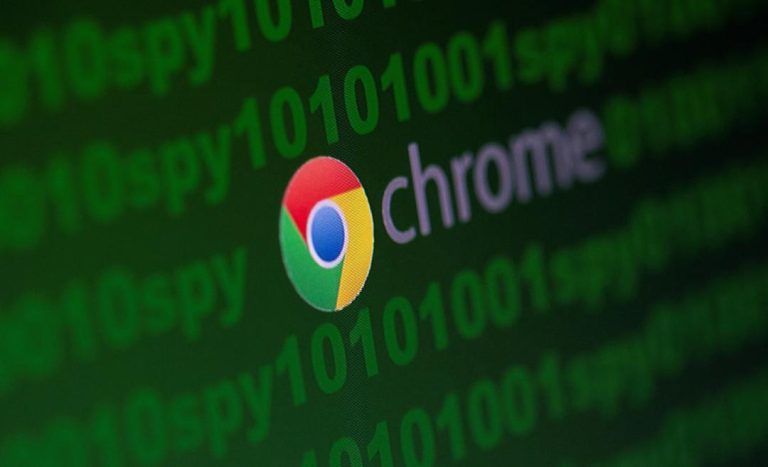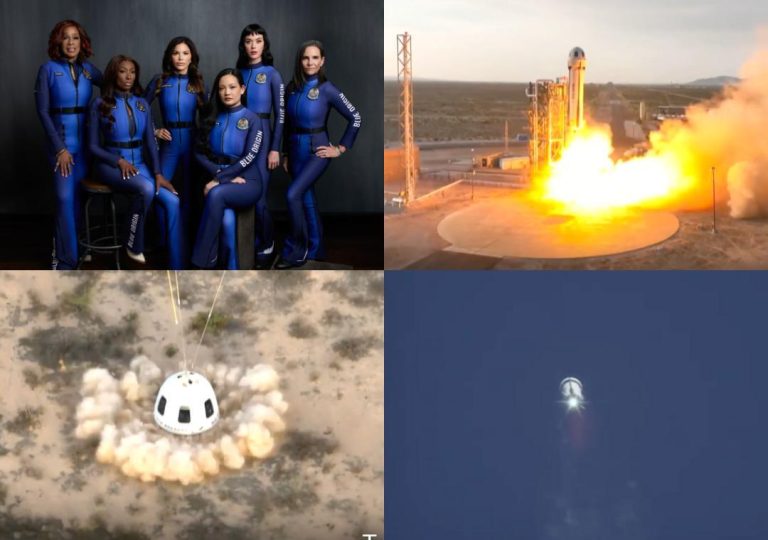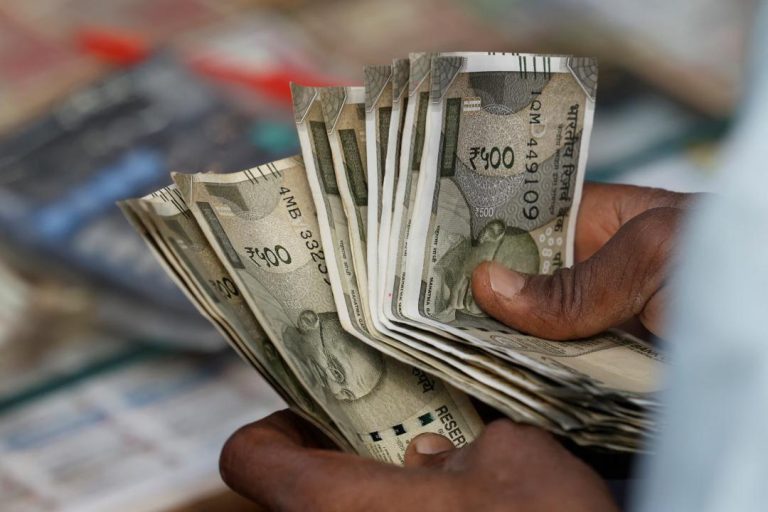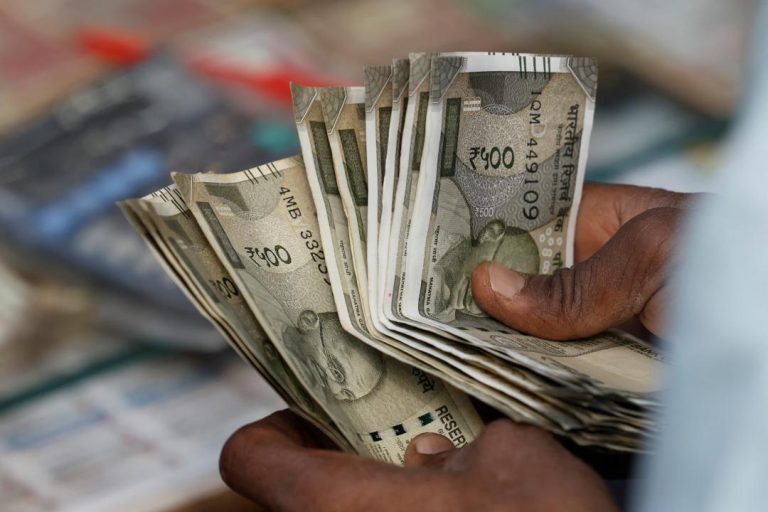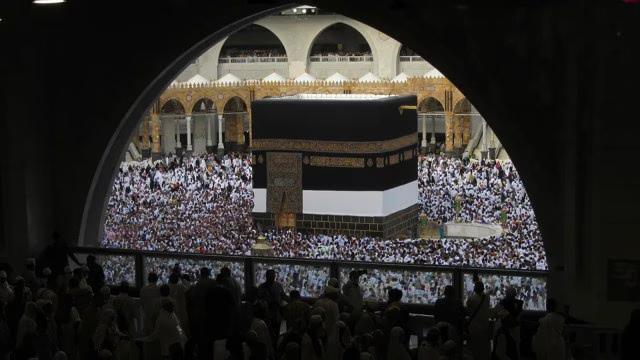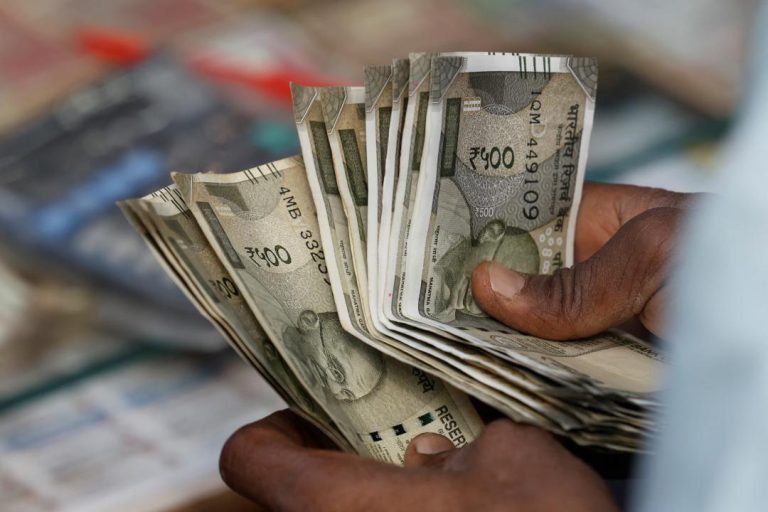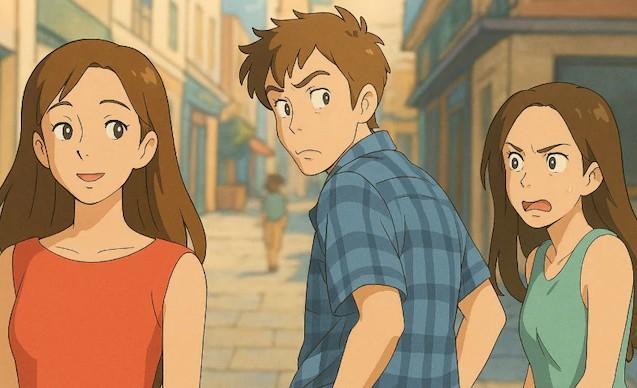
Our GPUs are melting: OpenAI after viral Ghibli trend
In the wake of the recent viral trend where millions of users leveraged ChatGPT to create stunning Ghibli-inspired images, OpenAI CEO Sam Altman took to social media to share a candid update about the impact of this unprecedented surge. On Thursday, Altman posted on X, stating, “It’s super fun seeing people love images in ChatGPT…But our GPUs are melting.” He went on to add, “We’re going to temporarily introduce some rate limits while we work on making it more efficient…We’re also refusing some generations that should be allowed.”
The statement came as a response to the overwhelming usage of ChatGPT, which has been at the forefront of the AI-generated image craze. With users from around the world creating breathtakingly beautiful Ghibli-inspired art, it’s no surprise that the system has been put to the test. As a result, OpenAI has been forced to take immediate action to ensure the sustainability of their services.
The Ghibli Trend
For those who may be unfamiliar, Studio Ghibli is a renowned Japanese animation studio behind some of the most beloved animated films of all time, including Spirited Away, My Neighbor Totoro, and Princess Mononoke. The studio’s unique blend of whimsy, fantasy, and stunning visuals has captivated audiences worldwide, making it a beloved and iconic brand.
In recent weeks, social media platforms have been flooded with images created using ChatGPT, which have been eerily reminiscent of the Ghibli style. The AI’s ability to generate realistic and intricate images has led to an explosion of creativity, with users from all walks of life experimenting with the tool to create their own Ghibli-inspired masterpieces.
From mythical creatures to fantastical landscapes, the possibilities seem endless, and the results have been nothing short of breathtaking. The Ghibli trend has also sparked a sense of community, with users sharing their creations and providing feedback and inspiration to one another.
The Impact on OpenAI
While the Ghibli trend has been a resounding success, it’s come at a cost. OpenAI’s GPUs (Graphics Processing Units) have been working overtime to process the sheer volume of requests, leading to the “melting” mentioned by CEO Sam Altman. GPUs are responsible for handling the complex calculations required to generate AI-generated images, and the constant demand has put a significant strain on their resources.
To mitigate this issue, OpenAI has introduced temporary rate limits, which will restrict the number of requests users can make within a given timeframe. This will help to prevent the system from becoming overwhelmed and allow the team to work on optimizing the process for more efficient usage.
Additionally, the company will be refusing some generations that should be allowed, in order to further reduce the load on their servers. This decision will likely impact users who have been pushing the boundaries of what’s possible with ChatGPT, but it’s a necessary step to ensure the long-term sustainability of the service.
The Future of AI-Generated Images
The Ghibli trend has sparked a new wave of creativity and innovation, but it also highlights the challenges and limitations of AI-generated image technology. As the demand for these services continues to grow, it’s essential for companies like OpenAI to prioritize the development of more efficient and sustainable solutions.
The future of AI-generated images holds immense potential, with possibilities ranging from artistic expression to practical applications in fields like architecture, design, and even medicine. As the technology continues to evolve, it will be crucial for companies and researchers to balance the creative possibilities with the need for responsible and sustainable practices.
Conclusion
The viral Ghibli trend has brought unprecedented attention to OpenAI and their chatbot, ChatGPT. While the initial excitement has been tempered by the need for rate limits and optimizations, it’s clear that the future of AI-generated images holds great promise. As the technology continues to advance, it will be essential for companies like OpenAI to prioritize sustainability and responsible practices, ensuring that the creative possibilities of AI-generated images are matched by the ability to deliver them efficiently and effectively.
Source:
